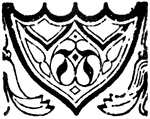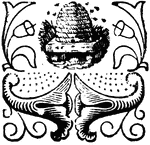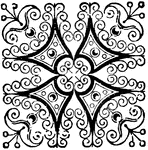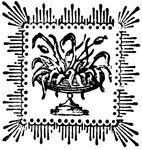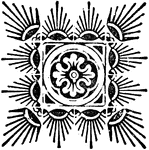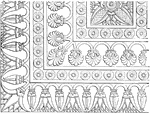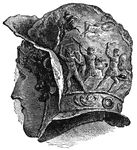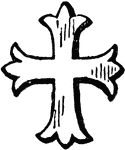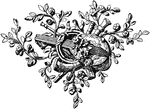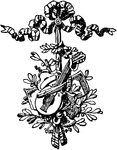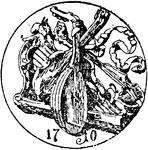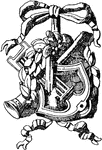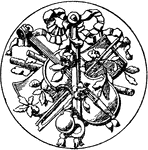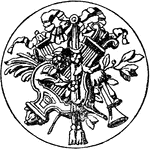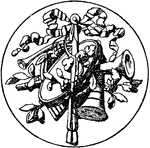Battlement
"An indented parapet, formed by a series of rising parts called cops or merlons, separated by openings…
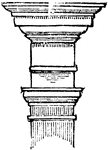
Tuscan order
"Applied to one of the 5 orders of arch, which allows no ornaments or flinting." — Williams, 1889

Lotus Design
Very much resembles our pond lily with the exception that the color is of a brilliant purple on the…
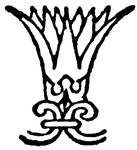
Lotus Design
Very much resembles our pond lily with the exception that the color is of a brilliant purple on the…

Lotus Design
Very much resembles our pond lily with the exception that the color is of a brilliant purple on the…

Lotus Design
Very much resembles our pond lily with the exception that the color is of a brilliant purple on the…

Lotus Design
Very much resembles our pond lily with the exception that the color is of a brilliant purple on the…

Pear Design
"Also known as the cone, the palm leaf, the river loop, the crown jewel, the seal, the almond, the feather,…
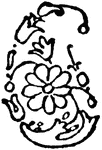
Pear Design
"Also known as the cone, the palm leaf, the river loop, the crown jewel, the seal, the almond, the feather,…

Pear Design
"Also known as the cone, the palm leaf, the river loop, the crown jewel, the seal, the almond, the feather,…

Pear Design
"Also known as the cone, the palm leaf, the river loop, the crown jewel, the seal, the almond, the feather,…
Pear Design
"Also known as the cone, the palm leaf, the river loop, the crown jewel, the seal, the almond, the feather,…
Pear Design
"Also known as the cone, the palm leaf, the river loop, the crown jewel, the seal, the almond, the feather,…
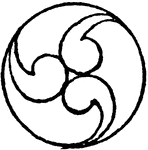
Tomoye Design
This design owes its origin to some ancient conception of elemental forces. It has been adopted by Korea…

Harp
A musical stringed instrument, much esteemed by the ancients. In Egypt the figure of the harp is found…

Base
A portion of the ornament which runs along the base of the rows of figures on the monolithic doorway.…
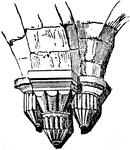
Corbel
"In architecture, this term, adhering originally to its etymological meaning, signified an ornament…
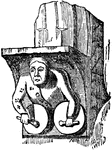
Corbel
"In architecture, this term, adhering originally to its etymological meaning, signified an ornament…

Grotesque
"A style of classical ornament, so called, in the 13th century from its having been rediscovered in…

Metallic Beetle
"The Sternoxi include the Metallic Beetles, Buprestidae the most gorgeous of the coleopterous families.…

Metallic Beetle Larva
"The Sternoxi include the Metallic Beetles, Buprestidae the most gorgeous of the coleopterous families.…

Alfred's Jewel
"An ornament of gold, apparently intended to hang round the neck, found in Athelney, and now in the…

Crest-Tiles
"In architecture, an ornamental finishing, either carved in stone, or of tiles running along the top…

Crown
"Crowns were originally garlands of leaves; and in this form they have probably been used as an ornament…
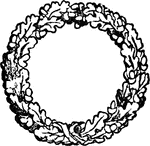
Crown
"Crowns were originally garlands of leaves; and in this form they have probably been used as an ornament…
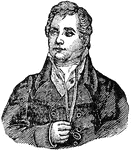
Thomas Moore
"Moore, Thomas, the national poet of Ireland, was born in 1799 in Dublin, where his father was a grocer;…
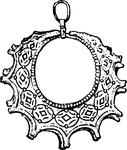
Pendant Ornament
"A representation of a remarkably elegant pendant ornament, the design being of an exceptionally beautiful…

Pendant
"The pendant oblong ornament for containing a scroll is an example of great craftsmanship." —The…

Ball Flower
An ornament resembling a ball placed in a circular flower, the three petals of which form a cup around…




